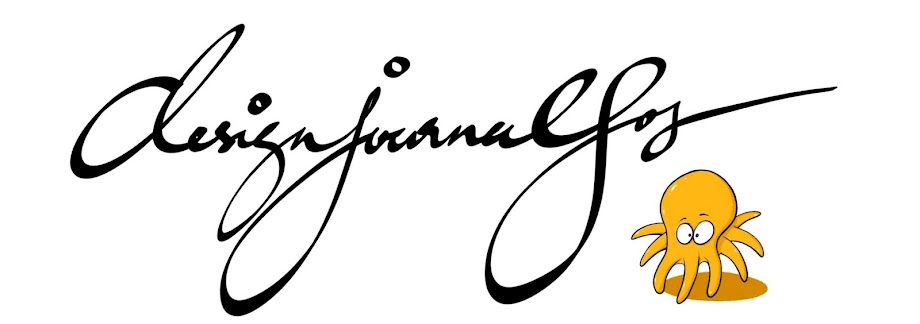Embarking on a Design & Technology (D&T) project can be an exciting journey but students often find themselves at a crossroads when confronted with a theme that feels distant from their daily experiences.
This post aims to guide you through the initial phase of tackling a difficult and unfamiliar theme in your D&T coursework, helping you move past the daunting 'stuck' syndrome.
- Start by defining the theme in your own words.
- Research its meaning, history, and relevance in today's world.
- Connect with the theme on a personal level.
- Ask yourself: How does this theme affect me or the people around me, even in the smallest ways?
- Recognize that challenging themes spark creativity.
- They push you out of your comfort zone, leading to more innovative ideas.
- Embrace the learning opportunity.
- Working on an unfamiliar theme is a chance to gain new knowledge and skills.
- Dive into books, articles, documentaries, and online resources to gain a comprehensive understanding of the theme.
- Interview people or individuals related to the theme to get firsthand insights.
- Gathering Inspiration:
- Explore similar projects done in different fields or contexts.
- How have others approached similar themes?
- Create a mood board or a visual diary to collect ideas, images, and concepts that resonate with the theme.
- Engage in brainstorming sessions without the pressure of coming up with the 'perfect' idea.
- Use mind mapping to visually organize thoughts and discover connections between seemingly unrelated concepts.
- Discuss your ideas with friends or teachers.
- Fresh perspectives can spark new ways of thinking about the theme.
- From your research and brainstorming, identify elements that intrigue you the most.
- Consider how these elements can be integrated into your D&T project.
- Break down the theme into smaller, manageable parts to avoid feeling overwhelmed.


